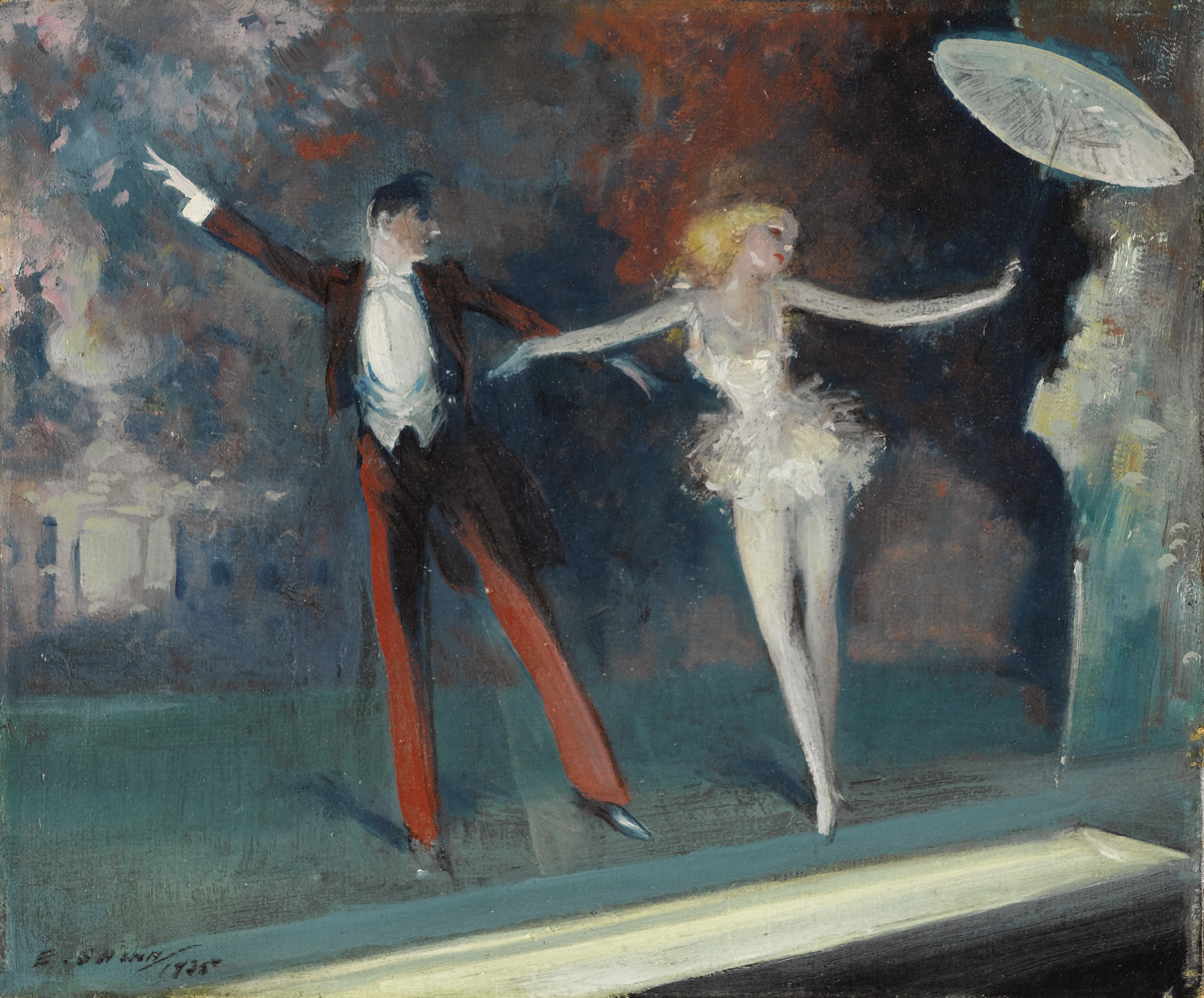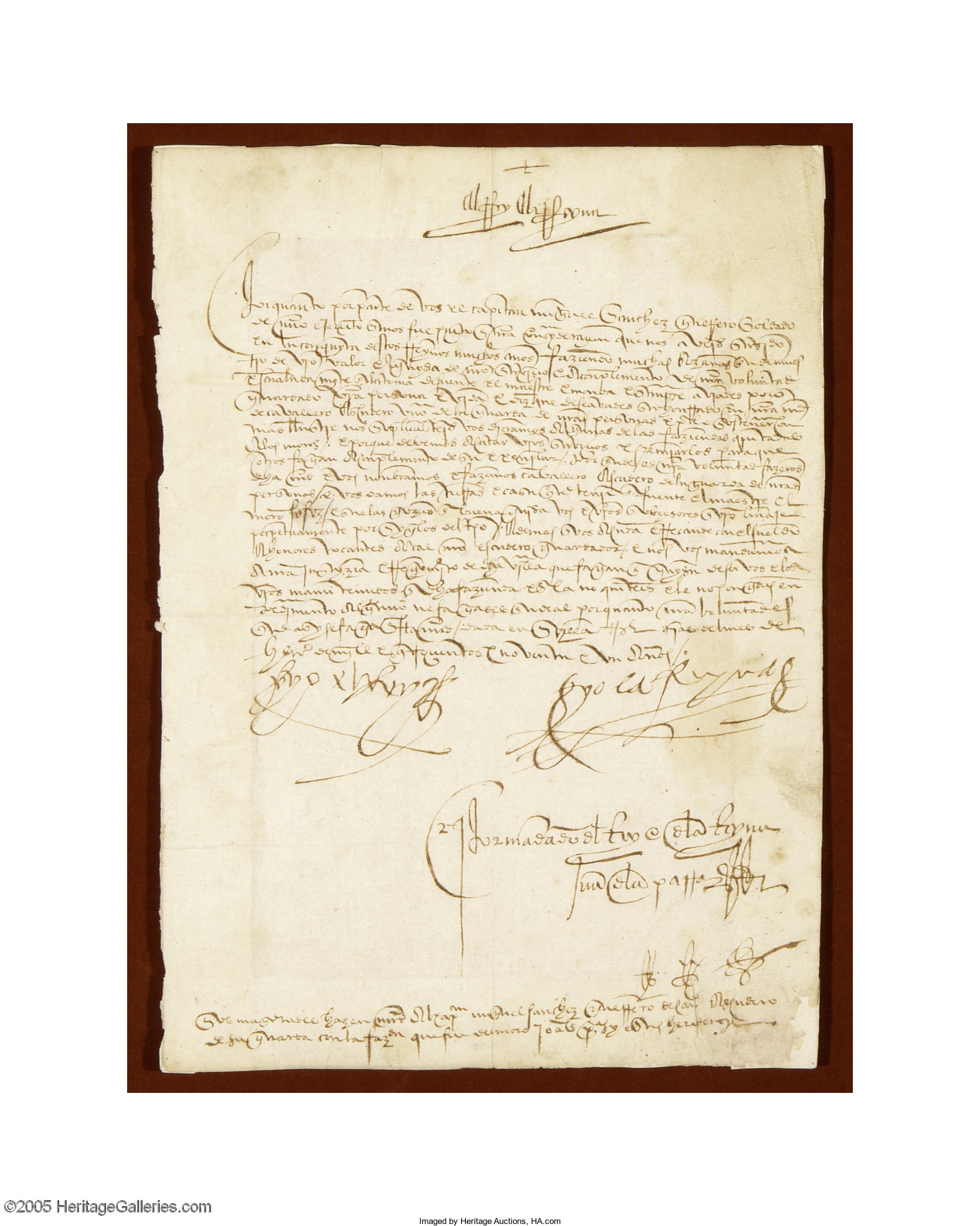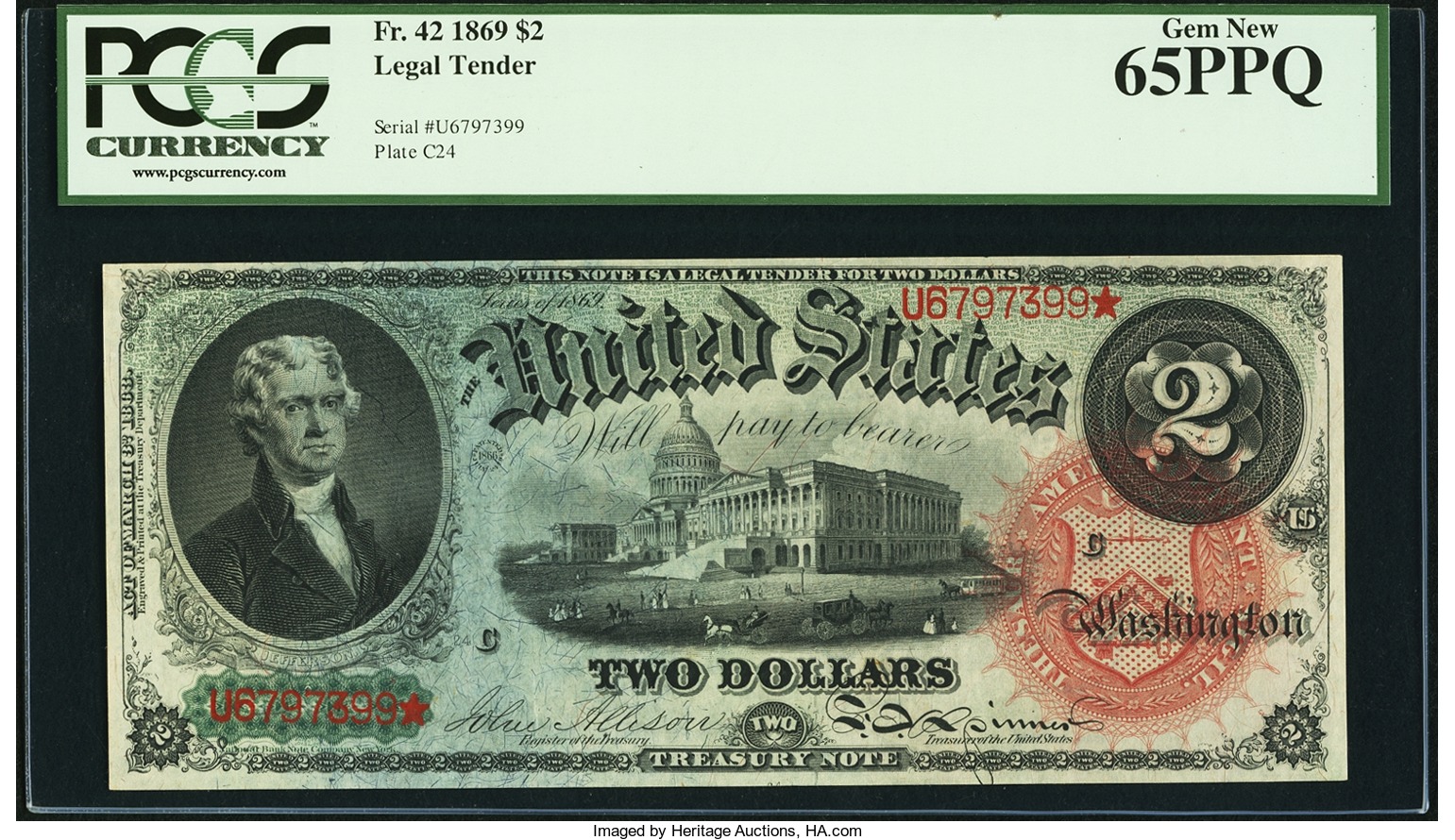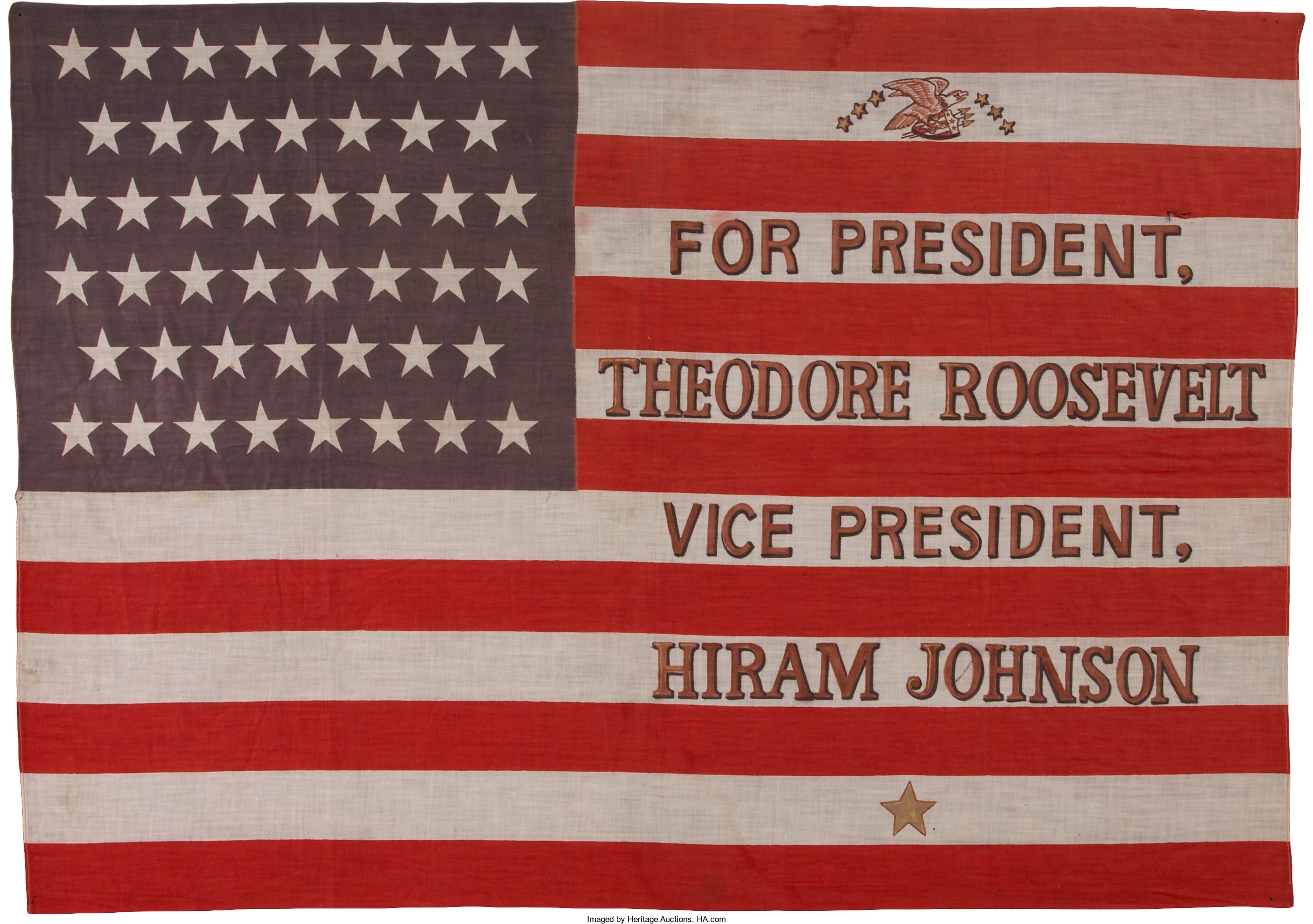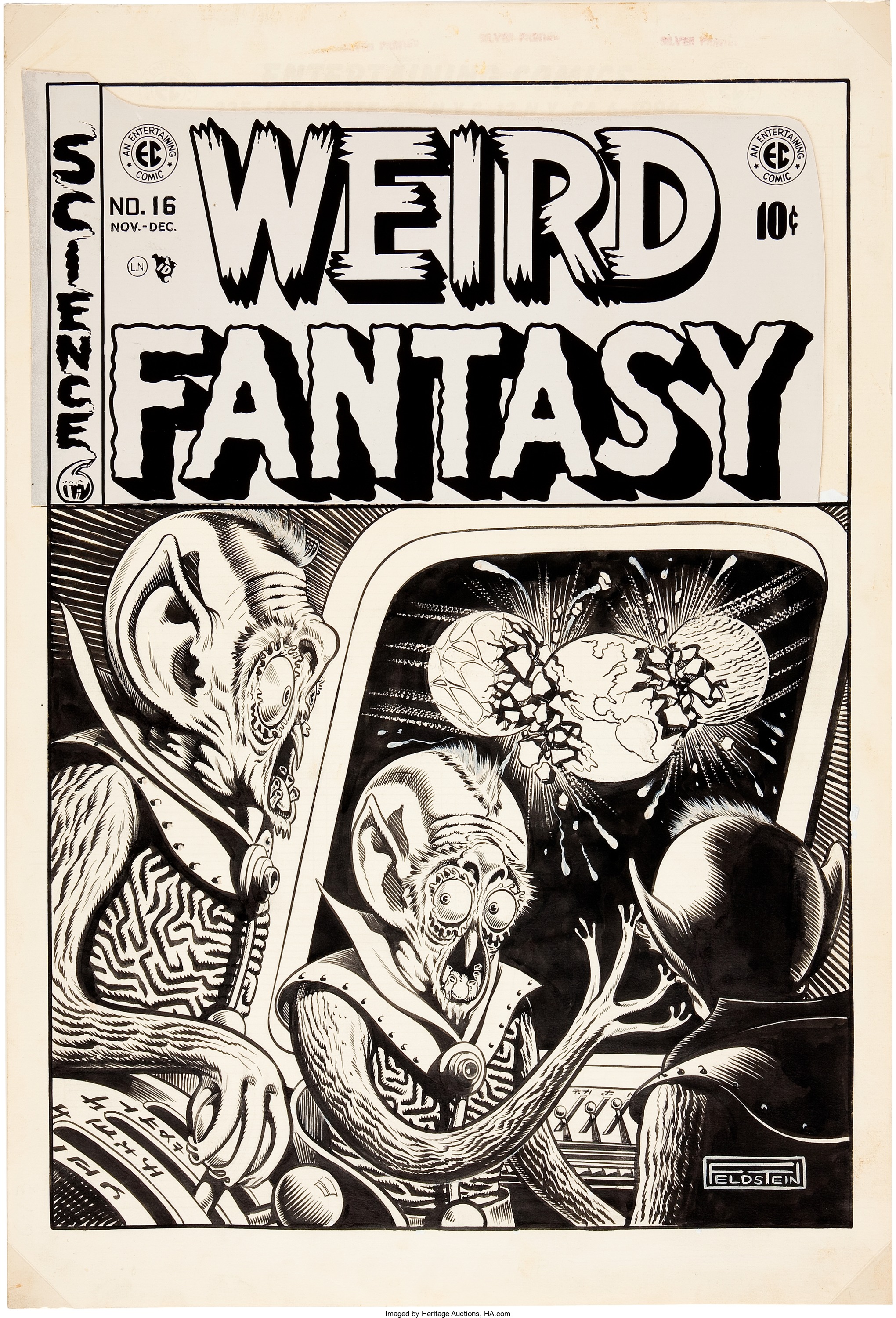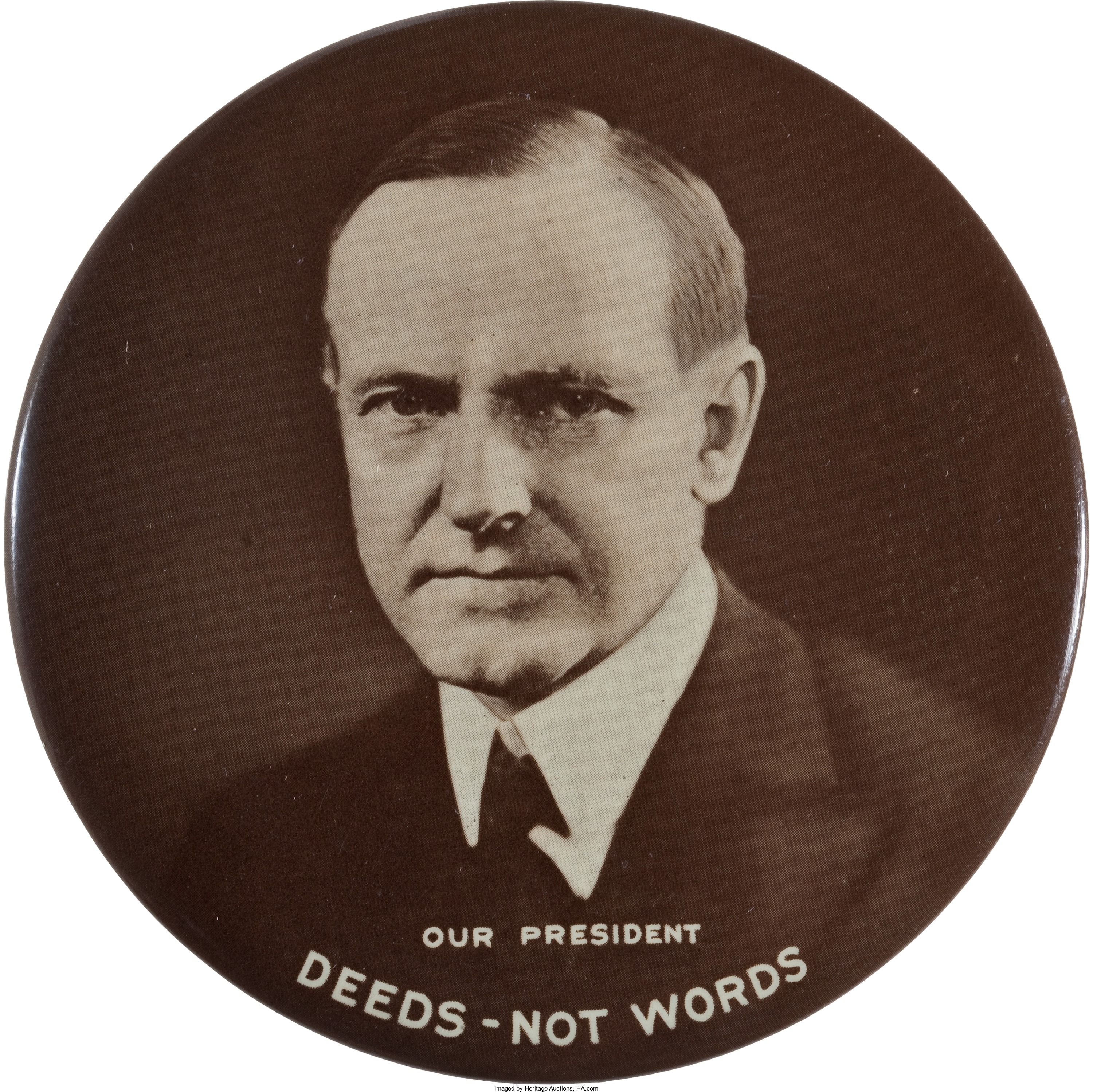 The Intelligent Collector learned today that Edgar Mitchell, the sixth of 12 American astronauts to walk on the moon, died Thursday. Editor Hector Cantu interviewed Mitchell for our Spring 2008 issue, with excerpts re-published here to recognize and honor an American hero:
The Intelligent Collector learned today that Edgar Mitchell, the sixth of 12 American astronauts to walk on the moon, died Thursday. Editor Hector Cantu interviewed Mitchell for our Spring 2008 issue, with excerpts re-published here to recognize and honor an American hero:
● ● ●
As lunar module pilot for Apollo 14, Edgar Mitchell was the sixth man to walk on the moon. With Alan Shepard, he holds the record for the longest time on the surface for missions without the Lunar Rover – nine hours and 17 minutes. The 1971 mission, the third Apollo mission to land on the moon, had numerous other accomplishments: the first mission focused on lunar science, longest distance traversed on foot on the lunar surface, and the largest payload returned from the moon, 99 pounds. Mitchell remained with NASA until he retired from the Navy in 1972.
Q: How did walking on the moon change your life?
Mitchell: Walking on the moon did not, but seeing Earth from deep space in its place in the larger picture of the cosmos did. I realized and experienced at a visceral level that the molecules making up my body, the spacecraft, Earth and everything in and on it were made in an ancient generation of stars … and that everything is interconnected. It was a powerful epiphany that has caused quite a different approach to living for me.
Q: You returned from space more than 35 years ago. Are we as humans where you thought we’d be 35 years later, as far as exploring space and landing on other planets?
Mitchell: When getting my doctorate from the Massachusetts Institute of Technology in the early 1960s, I thought [humans] might be ready for a trip to Mars by 1982. Clearly, that did not happen.
Q: What did you collect as a kid?
Mitchell: I was not a collector. My hobby was building model aircraft when I wasn’t working. [Today, I have a] collection of space flight memorabilia from my astronaut days, plus mementos from my travels to many parts of the globe during the past 40 years.
Q: What’s the most valuable item you had when you were growing up?
Mitchell: My pony. Following that, the calves that I raised, shown at the county fairs and sold at auction as a 4H Club member. We were a farm and ranching family.
Q: What kind of personal items did NASA allow you to take into space?
Mitchell: Any small, lightweight personal items for the family and friends like medallions, flags, rings, pins, broaches. For example, I carried for Gen. Omar Bradley his five-star collar insignia from World War II. And we carried a significant number of state and national flags for distribution to dignitaries and government officials.
Q: Explain the comments you’ve made about UFOs. What do you believe?
Mitchell: My own investigations, plus briefings by competent authorities at appropriate levels, allow me to know that we have been visited by alien beings. I have not been reticent to say that in appropriate circumstances.
Q: What is your passion these days?
Mitchell: My life is now about creating a sustainable future on Earth for my progeny and all life. We as a species are not currently being proper caretakers for planet Earth and will surely come to regret our short-sightedness in the near future, when it may be too late.

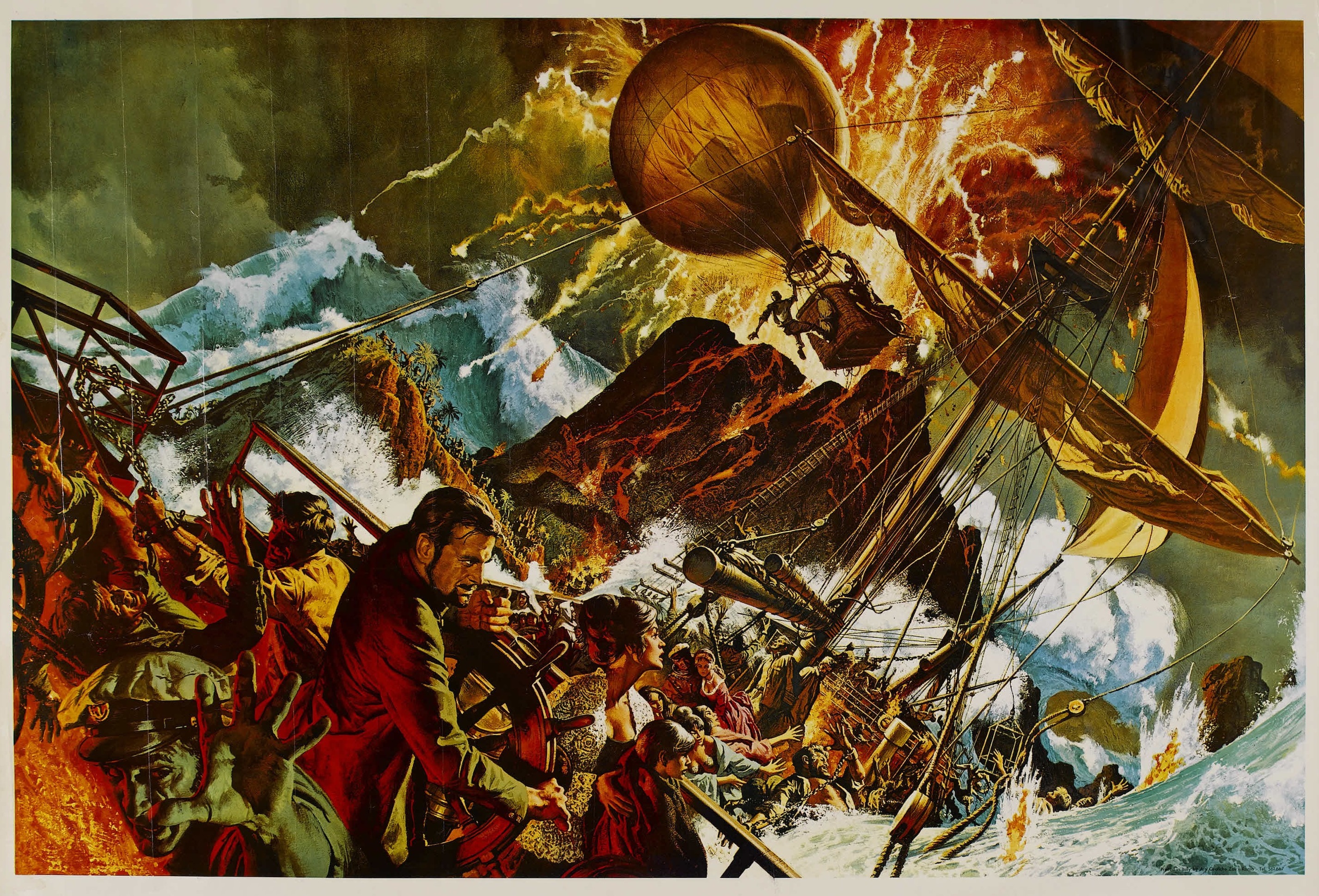
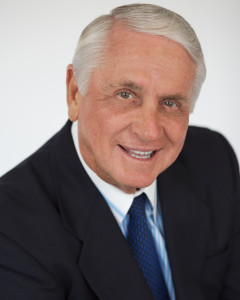 Intelligent Collector blogger JIM O’NEAL is an avid collector and history buff. He is President and CEO of Frito-Lay International [retired] and earlier served as Chairman and CEO of PepsiCo Restaurants International [KFC Pizza Hut and Taco Bell].
Intelligent Collector blogger JIM O’NEAL is an avid collector and history buff. He is President and CEO of Frito-Lay International [retired] and earlier served as Chairman and CEO of PepsiCo Restaurants International [KFC Pizza Hut and Taco Bell].